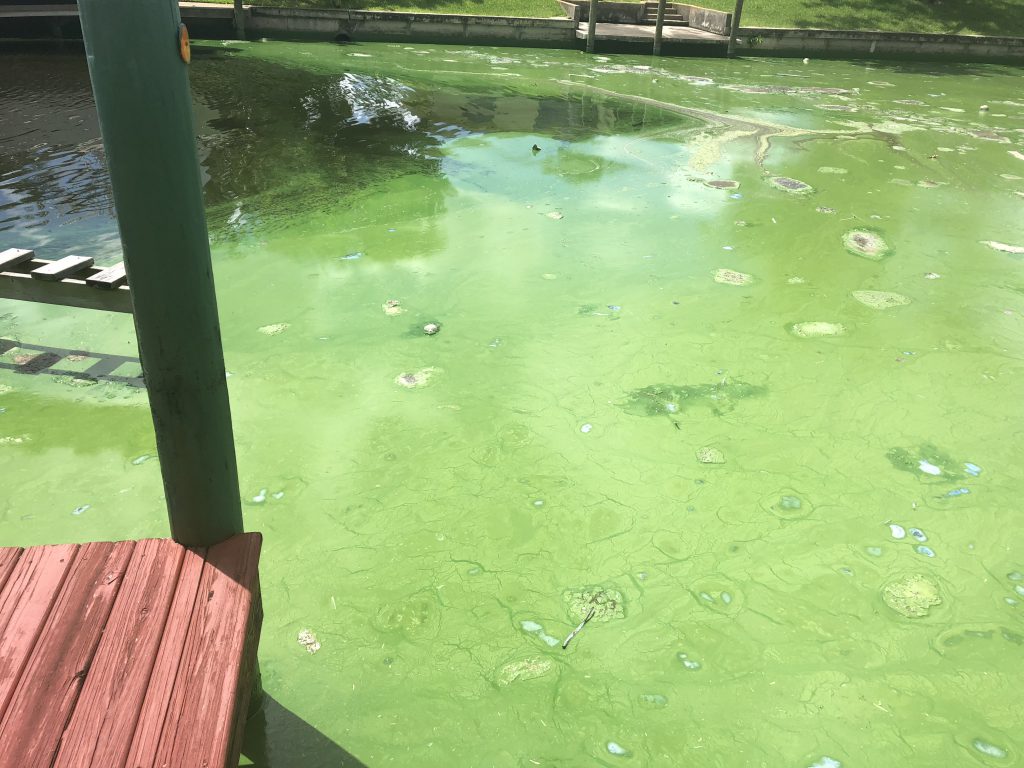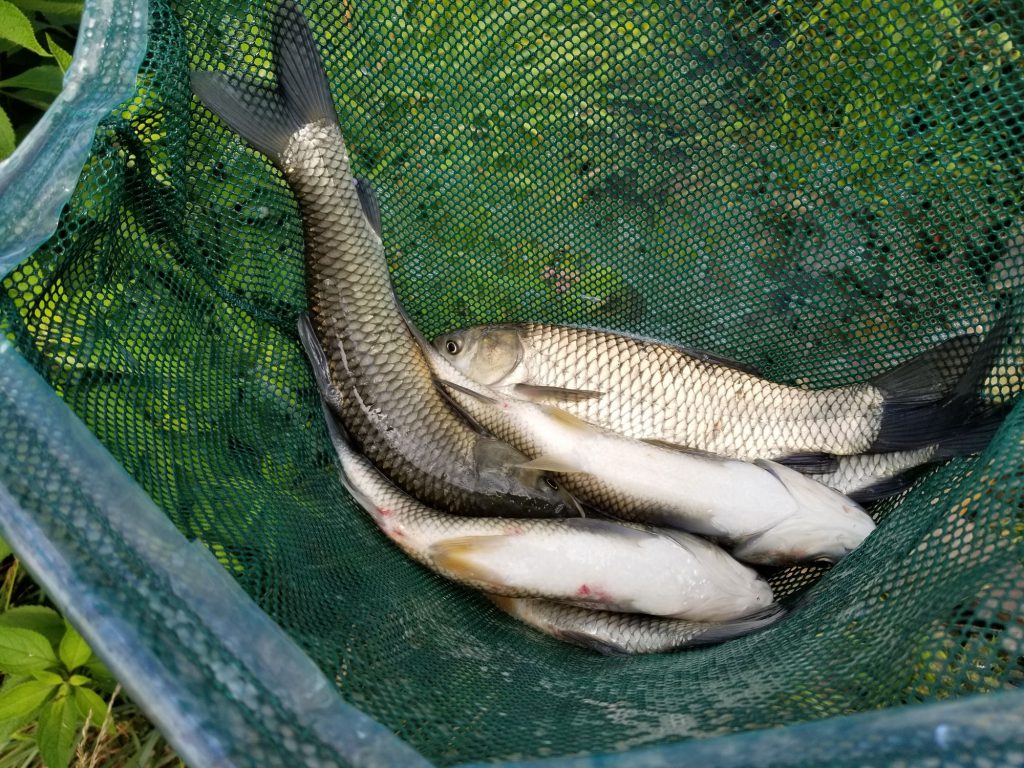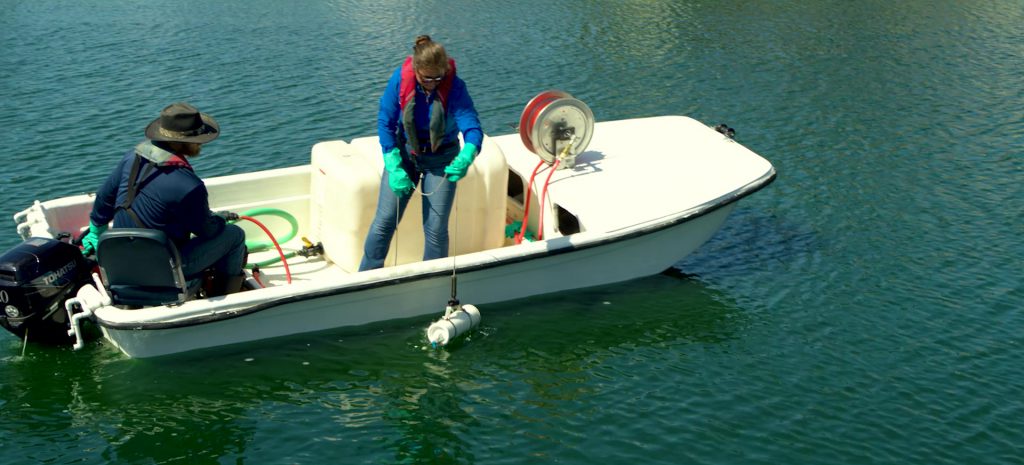
How to Effectively Get Rid of Weeds in a Pond in Florida
Communities throughout Florida value and benefit from the beauty of the water in their natural landscape; however, invasive and exotic plants and weeds have overtaken many local ecosystems and choked out native plant species. To make sure this ongoing threat does not impact the lakes and ponds in your community, you need to be able to identify these species and understand how to eliminate them in an ecologically beneficial and responsible way. Even native species can become overgrown in certain conditions, so maintaining a healthy balance in your pond is key. Working with a professional management company can help curb the unintended spread of invasive and non-beneficial plant species.
Problems Aquatic Weeds Cause in Ponds
If you haven’t encountered pond weeds and algae in your pond, you are among the lucky few. Excessive growth of invasive plants not only harms a lake or pond’s ecosystem, but also can destroy its aesthetic beauty and curtail recreational activities such as swimming and fishing. Floating plants can overgrow to the point that they cover the pond’s surface, blocking out light and cutting off oxygen to the fish. And while algae are an important part of the food chain in balanced amounts, they can lead to harmful algae blooms if left unmanaged.
Types of Invasive Weeds in Ponds
There are generally three types of pond weeds that are characterized by where they grow in a pond.
Emergent pond weeds — these plants have roots that are anchored in the bottom of the waterbody and stems and leaves that emerge from the water’s surface.
Floating pond weeds — these plants float on the water’s surface. Their air-filled stems make them buoyant, and they can be moved from place to place by waves.
Submersed pond weeds — these plants are usually submerged and can deprive water of oxygen and degrade the pond environment.
Common Florida Pond Weed Species
Below are common invasive pond weeds found in Florida waterbodies. Before implementing management solutions, it’s important to know what type of plant you are trying to control and how it is best managed.

Hydrilla (Hydrilla verticillate)
Native to Asia, this invasive aquatic plant can be found on every continent except Antarctica. First found in Florida in 1959, these plants have spread throughout the state. Hydrilla rapidly chokes out native plants and can be difficult and expensive to remove, so early detection is key to get the best results.

Fanwort (Cabomba caroliniana)
This native Florida species is a dense submerged plant that can have a negative effect on water quality, curtail recreational activities, disrupt aquatic habitats, and push out many other native plants. The delicate stems fragment easily and re-sprout in high and low nutrient pond water. If left to their own devices, they can rob the water of oxygen that may harm other native plants and cause fish kills.

Curly-leaf Pondweed (Potamogeton crispus)
Unlike most plants, invasive curly-leaf pondweed thrives in low-light water conditions. It creates a surface mat that robs other plants of oxygen. Its turions (dormant buds) can attach to boats and hitch a ride, making it easy for them to spread.

Eurasian Watermilfoil (Myriophyllum spicatum)
Accidentally introduced in the US in the early 1900s, Eurasian Watermilfoil made its way to Florida by the 1940s, possibly introduced as an ornamental species. It is easily spread on water sports equipment. These plants can thrive in a wide range of habitats as long as they get plenty of light. They are generally found in nutrient-rich lakes or ponds, where they create a large mat-like floating canopy that pushes out native plants.
Toxic Blue-Green Algae (Cyanobacteria)
If you live near a lake or pond in Florida, and even if you don’t, you are probably familiar with toxic cyanobacteria (also known as blue-green algae). The state has been plagued with many blooms over the years. Cyanobacteria looks like paint spilled across the surface of a pond or lake. There are quite a few harmful algal species, but the most commonly found genera include Aphanizomenon, Microcystis, Anabaena, and Planktothrix, – all of which can grow quickly in warm water that is rich with nutrients. Foul odors and bad-tasting drinking water are common concerns associated with this problematic algae, but it can also create toxins that are extremely dangerous to humans and deadly to pets, fish, and wildlife. In some cases, even inhaling the toxins can cause respiratory irritation.
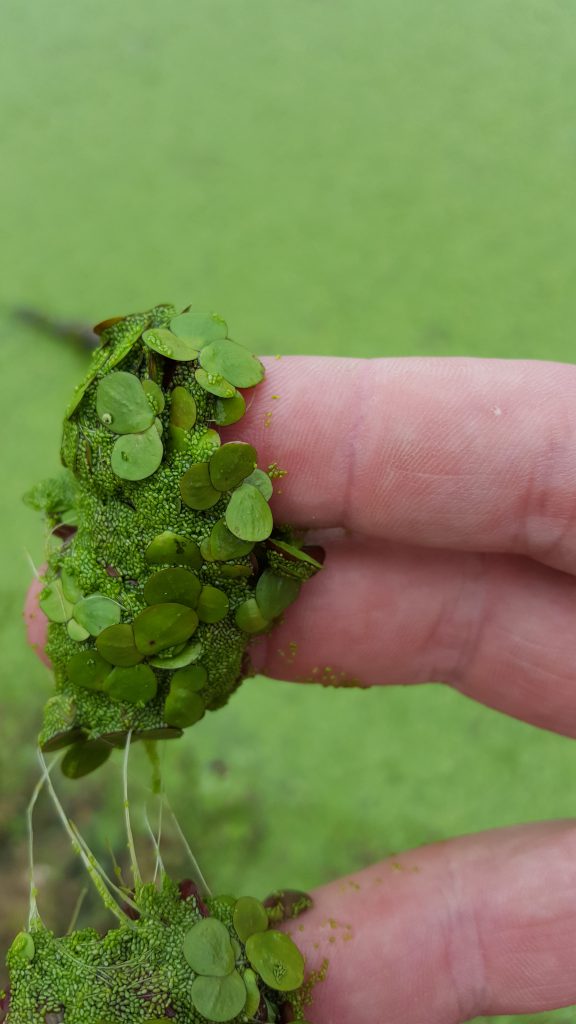
Duckweed and Watermeal (Lemnoideae/Wolffia spp.)
This floating aquatic plant can be found in nutrient-rich lakes and ponds throughout Florida. There are five species of duckweed commonly seen in local waterbodies: common duckweed, giant duckweed, landoltia duckweed, watermeal, and mosquito fern/azolla. When allowed to grow uncontrolled, duckweed rapidly reproduces and develops a thick mat on the surface of the waterbody, which often leads to fish kills and endangers wildlife.

Giant Salvinia (Salvinia molesta)
Native to South America, giant salvinia thrives in slow-moving, nutrient-rich, warm freshwater and aggressively spreads through fragmentation. This invasive, free-floating clustered plant forms a thick, floating canopy that blocks out sunlight and depletes dissolved oxygen levels. Giant Salvinia features oblong, chain-like leaves with sharp hairs. Because it reproduces by plant fragmentation, it is often unintentionally and easily spread by boats, aquatic equipment, and animals.
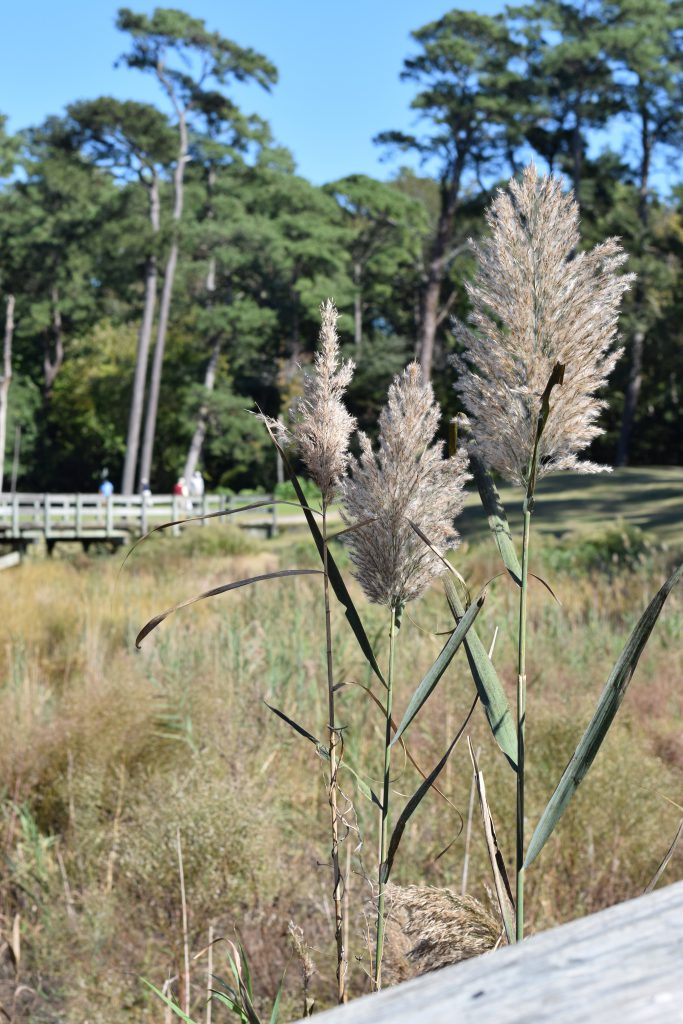
Phragmites (Phragmites australis)
Also known as common reed, phragmites australis is a highly invasive tall grass. It can blight ponds, lakes, wetlands, and marshes throughout Florida. If untreated, this perennial grass often grows as high as 16 feet tall and forms dense, impenetrable monocultures. The plant invades by taking up space and creating a complex root system that can take years to fully eliminate. It secretes acid into the soil that destroys other species of plants so that it can outcompete them. This disrupts the ecosystem and makes it difficult for wildlife to find food sources. Phragmites are often confused with the non-native invasive, Neyraudia.

Bushy Pondweed (Najas spp.)
Bushy Pondweed, also known as southern naiad, has dense, abundant branches, purple or deep green leaves, and a robust root system. This submersed plant can grow 12 feet underwater, especially in areas that get a lot of sunlight. The plant spreads through seeds and fragmentation and can keep beneficial plants and fish populations from thriving by depleting dissolved oxygen.

Water Hyacinth (Eichhornia crassipes)
This invasive species was introduced in the US as an aquatic ornamental plant. In addition to Florida, it is now found in freshwater systems throughout the southeast, California, and Washington state. In Florida, this aggressive grower had the upper hand for about 100 years. It is now generally well-controlled with the help of aquatic experts but requires vigilant management to keep it at the lowest possible levels so that lakes and ponds remain healthy and functional.
How To Get Rid of Invasive & Nuisance Pond & Lake Weeds
Many methods are used to prevent and manage invasive and nuisance aquatic weeds, including physical removal, targeted herbicides, and biological control such as triploid grass carp that voraciously feed on aquatic plants. However, the most cost-effective way to manage invasive weeds is through proactive management. Regular inspections by a professional who understands the challenges of managing lakes and ponds may be your best defense. This ongoing surveillance and maintenance is best accomplished through an annual management program, which ensures your waterbody receives the utmost care year-round.
Build A SOL Pro Plan to Control Aquatic Weeds
A customized SOL Pro Plan encompasses a wide array of services and solutions to keep your waterbody balanced and beautiful. Water quality testing, nutrient remediation, algae and weed treatments, shoreline and buffer management, and aeration equipment maintenance are just a few of the strategies that may be implemented as part of your customized plan. Contact the aquatic experts today to start designing your program.
Managing Nuisance Algae & Invasive Aquatic Weeds
Contact Us to Control Invasive Aquatic Weeds
Call us at 888-480-5253 or complete the form below to connect with an aquatic management expert.
SOLitude Lake Management is a nationwide environmental firm committed to providing sustainable solutions that improve water quality, enhance beauty and preserve natural resources.
SOLitude’s team of aquatic scientists specializes in the development and execution of customized lake, stormwater pond, wetland and fisheries management programs. Services include water quality testing and restoration, algae and aquatic weed control, installation and maintenance of fountains and aeration systems, shoreline erosion control, muck and sediment removal and invasive species management. SOLitude partners with homeowners associations, golf courses, private landowners, businesses and municipalities. SOLitude Lake Management is part of Rentokil, a leading business services company, operating across the United States, Canada and Puerto Rico.
For more information, visit SOLitude Lake Management at solitudelakemanagement.com, and connect on Facebook, LinkedIn and Twitter.









